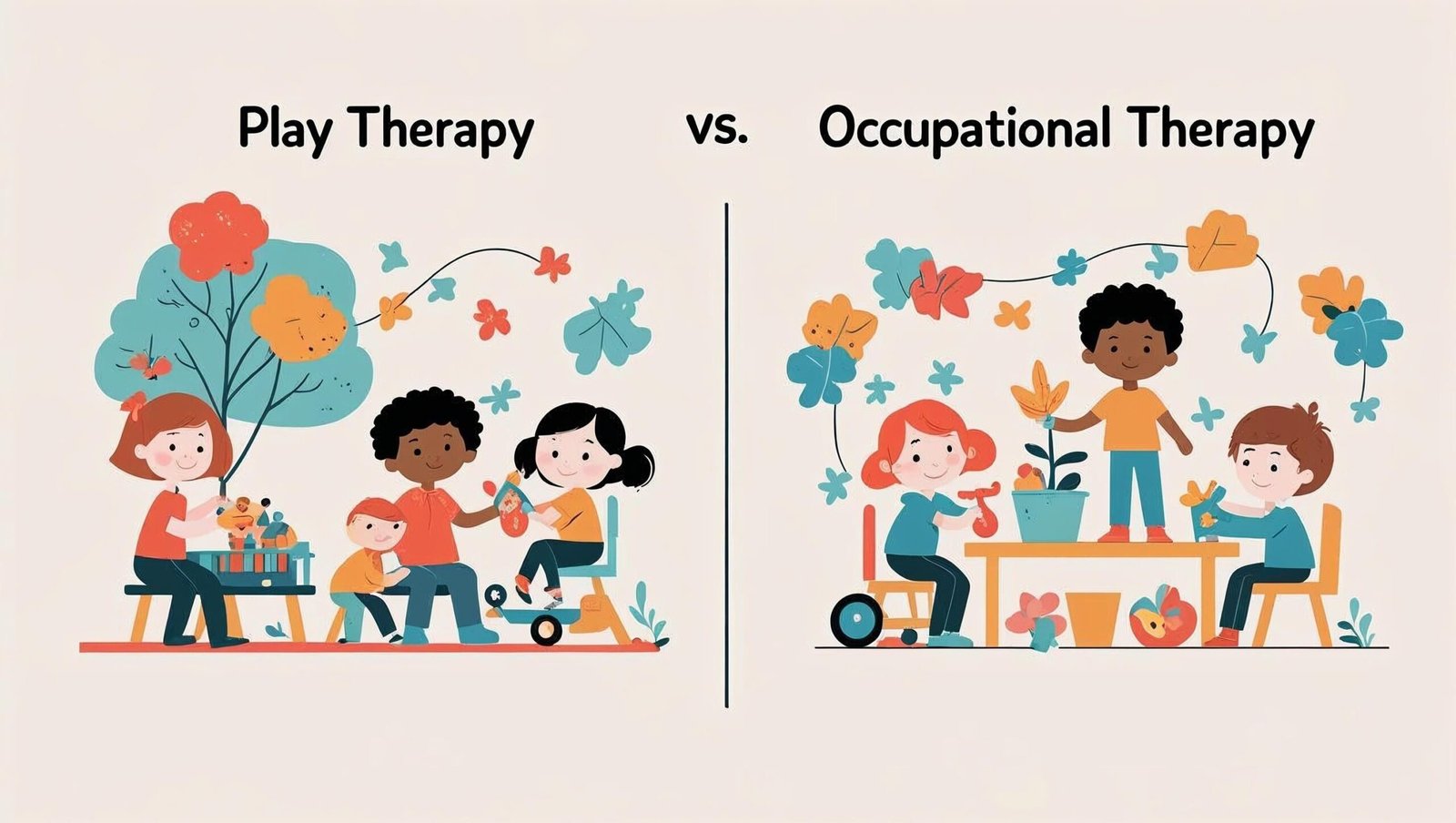No products in the cart.
Have you ever thought about how to encourage others to express their feelings and thoughts through writing? Teaching creative writing can be an immensely fulfilling experience for educators and learners. This education improves writing skills and enables individuals to tap into their imaginations, developing their unique voices.
Furthermore, this blog will explore effective methods for teaching creative writing, its benefits for students, and practical tips for engaging learners in this art form.
Understanding the Importance of Creative Writing
Teaching creative writing is essential for a variety of reasons. First and foremost, it enables self-expression. Many people are uncomfortable discussing their thoughts or feelings. On the other hand, writing is a secure medium for accomplishing this. As a result, students will be able to express feelings that they would otherwise be unable to articulate. Furthermore, creative writing encourages critical thinking and problem-solving. While creating stories, students must consider the character development, plot structures, and themes involved, thereby enhancing analytical skills that will be useful in real life.
Aside from these benefits, teaching creative writing develops linguistic competence. Writing provides students with an active context for learning vocabulary, grammar, and syntax. Furthermore, creative writing includes a variety of genres and styles, expanding their understanding of language and its possibilities.
Essential Elements of Creative Writing
To effectively teach creative writing, it is vital to understand its core elements. Here is a list of key components to consider:
- Character Development: The characters are indeed the heart of any story. Thus, teaching the students how to build up relatable and dynamic characters could make their writing more interesting.
- Plot Structure: A well-structured plot would keep readers interested. Therefore, tutors should guide students in creating compelling plots with elements such as exposition, rising action, climax, falling action, and resolution.
- Setting: The setting is a background upon which any story exists. Hence, helping students consider times and places in their narration will make them develop depth in their writing.
- Theme: Teaching students to identify and develop themes can lead to more meaningful writing. Thus, the theme gives the story an overall message.
- Style: Each writer has a unique voice. Therefore, encouraging students to experiment with different styles can help them discover their individuality as writers.
Strategies for Teaching Creative Writing
Developing effective strategies is crucial for creating a productive learning environment. Here are some practical methods to consider:
Promote Free Writing
Allowing students to write freely without the fear of making mistakes can unleash their creativity. Therefore, motivate them to write nonstop for a specified time without stressing over grammar or structure. This will help them find their unique voice and express their ideas. Moreover, it will increase their confidence when they see that their thoughts matter.
Prompts
Writing prompts can spark creativity. Therefore, provide students with as many of them as possible to provoke them to become creative. These can range from images to single words or even quotes. Moreover, using various prompts can make writing fun and help students explore different styles. You can also inspire them to make their own prompts to keep their ideas flowing.
Incorporate Reading
Reading different genres introduces students to various writing styles and techniques. Moreover, discussing what they read can inspire students to implement new ideas in their writing. Using various prompts can make writing more fun and help students explore different styles. You can also motivate them to make their own prompts to keep their ideas flowing.
Organise Workshops
Organising writing workshops can build a supportive community. In these sessions, students can share their work, receive feedback, and learn from each other’s perspectives. Moreover, these workshops connect students and encourage them to keep improving. Furthermore, inviting guest authors to speak can inspire students to pursue their writing dreams.
Set Goals
Help students establish personal writing goals. For example, they might aim to complete a short story or improve their descriptive writing. Setting specific objectives can motivate learners to focus on their growth. Check in with them regularly to see their progress and celebrate their achievements. Thus, sharing goals with classmates can create a supportive atmosphere and motivate everyone to do their best.
The Role of Feedback in Teaching Creative Writing
One of the most important aspects of the creative writing process is feedback. At the same time, giving constructive responses can sometimes be a difficult thing to do. Therefore, consider these tips for giving effective feedback:
- Be Specific: Instead of general comments like “good job,” comment specifically on what you liked about the work. For example, “I loved how you set the scene; it created a great image in my head.”
- Encourage Questions: Prompt students to ask questions about their work. This approach can help them reflect on their writing and identify areas for improvement.
- Focus on Strengths: While it is important to address what is not working, focusing on what students do well will build confidence.
Conclusion
Teaching creative writing is not just about developing writing skills; it’s about nurturing imagination and self-expression. Moreover, the joy of watching students grow as writers makes the process immensely rewarding. Join Wise Campus’s Creative Writing Course to inspire your students and help them develop their storytelling abilities in a supportive environment.
So, why not welcome the art of teaching creative writing today? The impact you can have on your students’ lives and abilities is immeasurable. Hence, engage them in the process, celebrate their achievements, and watch them flourish as writers.







